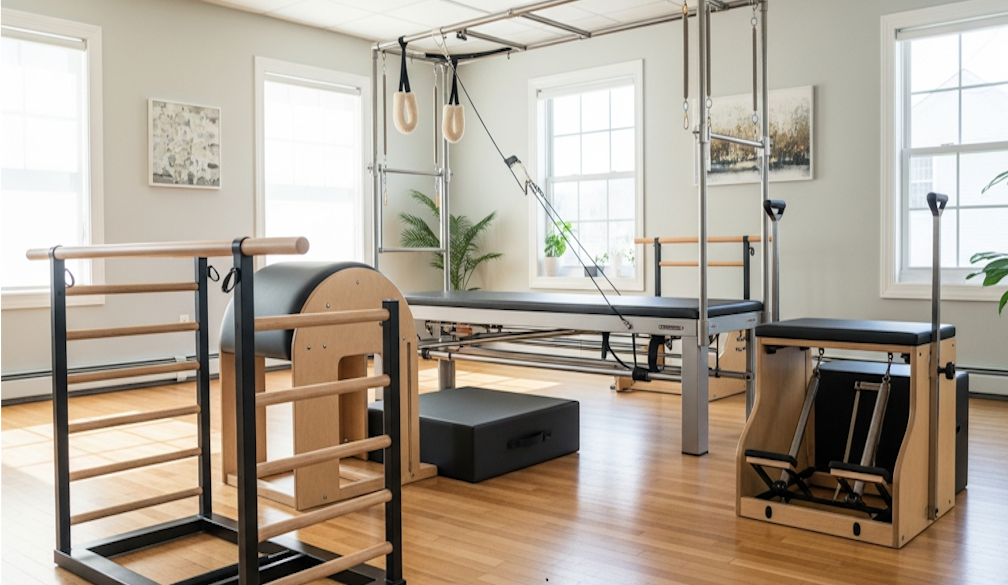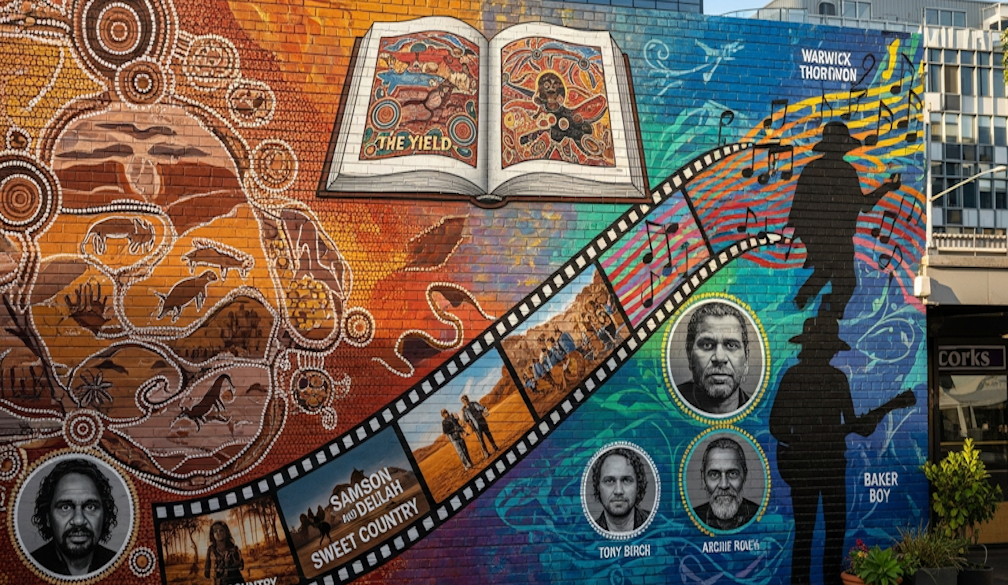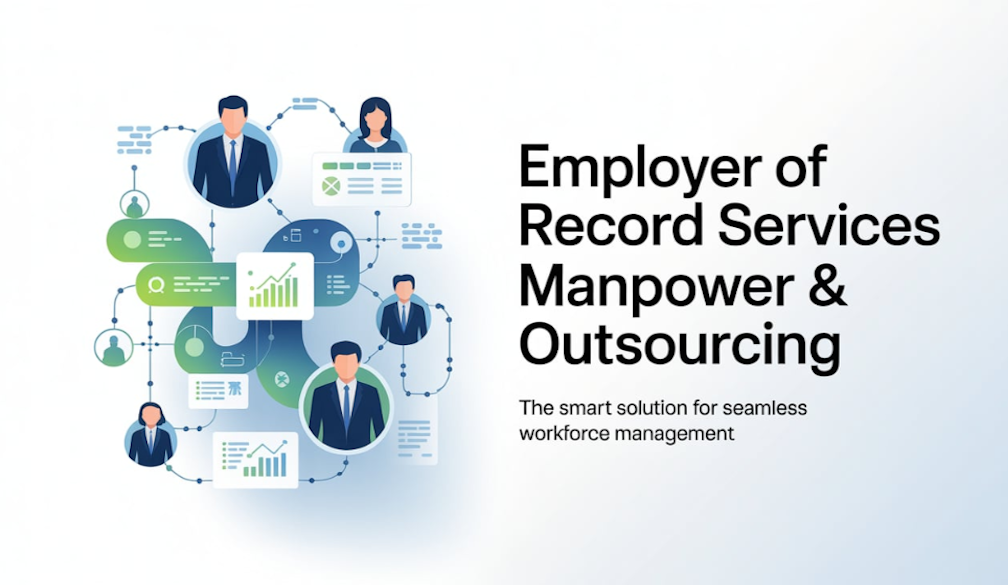There are 3 new Closing the Gap education targets: here's what they miss
- Written by Amy Graham, Postdoctoral Research Fellow, UNSW

The federal government this week unveiled the National Agreement on Closing the Gap. Under the strategy, all Australian governments committed to 16 targets, three of which are directly related to early childhood and school education.
They are:
to increase the proportion of Aboriginal and Torres Strait Islander children enrolled in early childhood education to 95% by 2025.
to increase the proportion of Aboriginal and Torres Strait Islander children assessed as developmentally on track in all five domains (physical health and well-being, social competence, emotional maturity, language and cognitive skills, communication skills and general knowledge) of the Australian Early Development Census (AEDC) to 55% by 2031.
to increase the proportion of Aboriginal and Torres Strait Islander people (aged 20-24) with a year 12 or equivalent qualification to 96% by 2031.
These new targets have been determined by Aboriginal people themselves. But there are some things they miss, including the way success is measured.
Read more: New 'Closing the Gap' targets will cover attachment to land and culture
A blunt instrument
The population-level data the AEDC provides is supposed to tell us about the school readiness of all Australian children across the five developmental areas outlined earlier. In 2018, 35% of Indigenous children were deemed to be developmentally on track, compared with 57% of non-Indigenous children.
Yet we know the display of developmental traits is complex, situational and subject to cultural bias. Some items in the in the census are subject to individual teacher judgements — such as, “Would you say this child is interested in mathematics?”
These have been critiqued for their focus on “culturally white concepts ”. We could improve the learning experience for students by recognising their knowledge, culture and language and incorporating this within teaching.
In measuring mathematical abilities within the AEDC for example, using the natural environment to assess concepts (rather than, say, building blocks) would see more Indigenous children score highly on this indicator.
Early childhood education
The enrolment target for preschool is high and some might say, optimistic when we look at the current statistics. In 2018, 84.6% of Indigenous children were enrolled in early childhood education compared with 88.8% of non‑Indigenous children. Based on these figures, not even non-Indigenous children are meeting the target.
Yet continued focus on preschool enrolment is welcome. We know quality early childhood education and care is one of the most effective ways to remediate disadvantage.
Read more: We have 16 new Closing the Gap targets. Will governments now do what's needed to meet them?
A lack of access to quality preschool in remote communities is an ongoing issue. We must ensure high-quality preschool is accessible for families if we are to expect them to attend consistently. Mobilising preschool and school services to communities has been shown to be a sound strategy at increasing attendance.
Enrolment in preschool does not guarantee attendance, much less engagement. It matters more than mere enrolment that children and their families are welcomed and included as partners in building children’s success at school.
Wins must be sustained
The new targets miss primary school and middle school (Years 6-9) education altogether. Yes, they focus on the all important years before a child turns five and again what happens in the senior years of schooling, but early childhood and economic research shows that “facilitating environments have to follow facilitating environments” to be most effective.
The cumulative effects of early childhood investment can only be maximised if the attention and investment is continued. According to the OECD, this becomes especially important in disadvantaged circumstances.
At Charles Darwin University and the Menzies School of Health Research, we have been looking at what happens to Indigenous students in the NT as they move through school. In this yet unpublished study, we have recently discovered almost one-third of Aboriginal children in remote and very remote areas that attended preschool did not participate in Year 3 NAPLAN.
The data suggests this is the same group of children that had poorer preschool literacy and numeracy skills at age 5 on the AEDC. So somewhere, we are missing them. There is little point having a target for school attainment if we have lost them along the way.
To make progress, we need to better understand and address the complexity of factors that undermine educational attainment.
Read more: Here's what teachers look for when kids start school
Schools and preschools must be more than a place to learn by being more responsive to, and inclusive of, families and elders. They can do this by valuing the learning and teaching they bring to build on what the children already know.
Supporting the provision of basic needs where necessary, such as access to healthy food and transport to and from school, helps achieve the new targets by recognising that closing the gaps is not possible by one strategy alone.
We also need an approach that integrates services, such as education, health and housing. For example, previous research found that Aboriginal children living in communities with overcrowded housing missed seven weeks of schooling each year.
Before we see these targets being met, and the gap truly narrowed, we must address the root causes of the existing inequity and the factors that undermine the educational attainment, engagement and success for Indigenous Australian children.
Authors: Amy Graham, Postdoctoral Research Fellow, UNSW



















